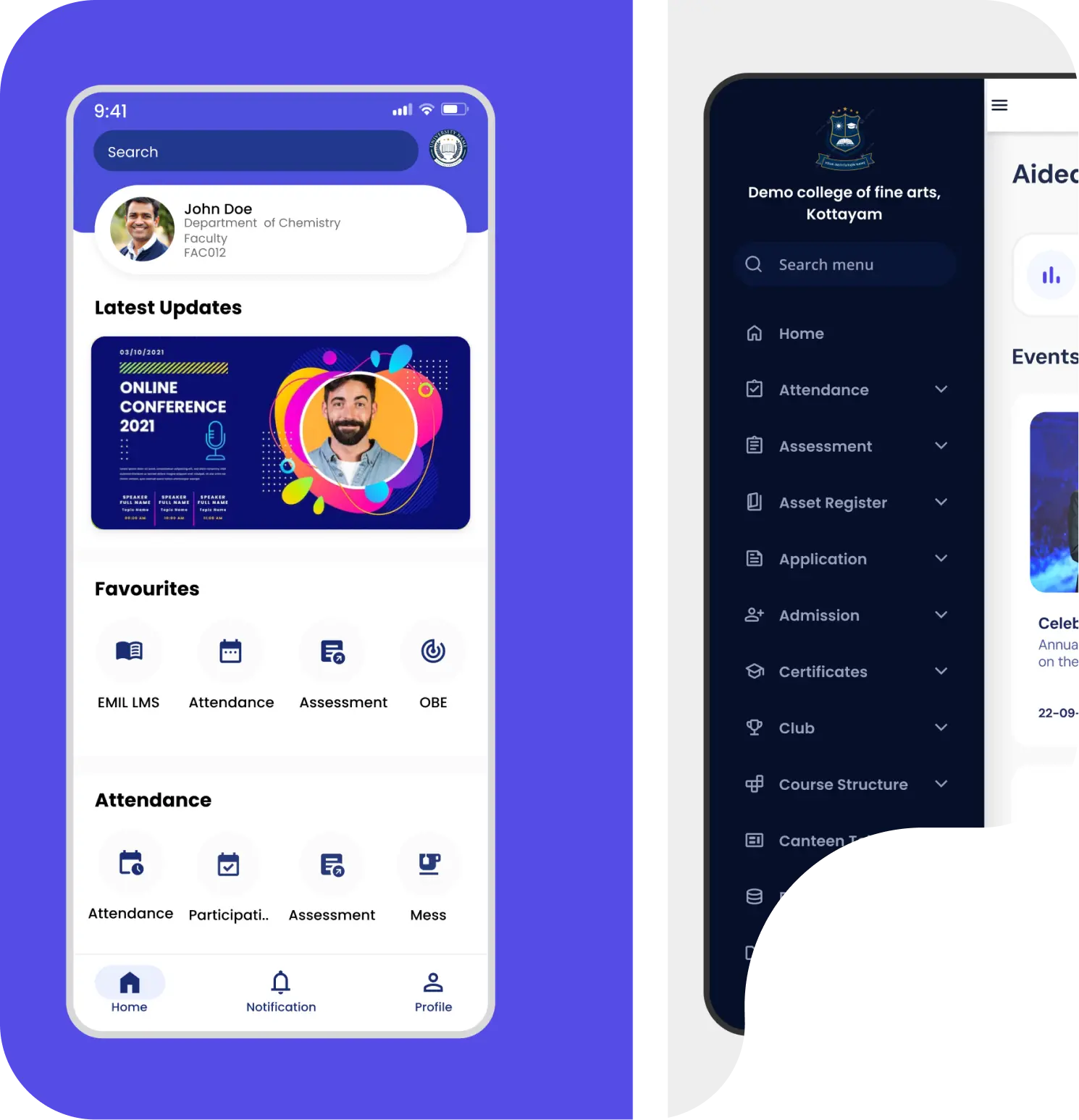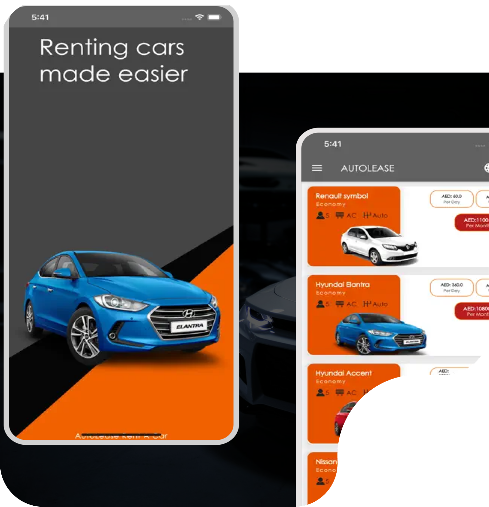Mobile App Development
Platform Expertise
iOS Development
iOS development involves creating applications specifically for Apple devices using languages like Swift or Objective-C, ensuring seamless integration with iOS features and a high-quality user experience.
Android Development
Android development involves building applications for Android devices using Java or Kotlin, focusing on performance, scalability, and integration with Android’s ecosystem.
Flutter Development
Flutter development involves creating cross-platform mobile applications using the Dart programming language, allowing for a single codebase to run seamlessly on both iOS and Android devices with native performance.
Web Development Technology Stack
Our Web Development Process
The first step in starting a requirement-gathering project is to identify and engage key stakeholders to understand their goals and expectations. Next, conduct initial discussions to outline the project scope and objectives. Finally, document these insights to form a foundation for further detailed requirements analysis.
Wireframing is the initial step where a basic layout and structure of the project are created, focusing on essential functions without design details. Prototyping builds on this by adding interactivity and visual elements, allowing for a closer simulation of the final product. Together, they help refine user experience and align project expectations before development begins.
UI/UX design combines user interface aesthetics with user experience functionality to create intuitive and visually appealing products. UI focuses on the look and feel, while UX ensures smooth, user-centered interactions. Together, they enhance user satisfaction and engagement, making products easy and enjoyable to use.
Development is the phase where ideas and designs come to life through coding and technical implementation. Developers build the product’s core functionalities, integrate features, and ensure responsiveness across devices. Rigorous testing and debugging follow to guarantee smooth performance, setting the stage for deployment.
Quality Assurance (QA) is the process of evaluating and testing a product to ensure it meets specified standards and is free of errors. QA teams conduct systematic checks, identify bugs, and validate functionality across various scenarios. This step is crucial to deliver a reliable, high-quality product that aligns with user expectations and performs smoothly in real-world conditions.
Deployment is the final stage where the completed product is launched into the live environment for users. This process includes configuring servers, setting up databases, and ensuring all components work seamlessly in production. Post-deployment monitoring is essential to address any issues and ensure optimal performance for end users.
Maintenance and support involve ongoing updates and troubleshooting to keep the product running smoothly after deployment. This phase includes bug fixes, performance optimizations, and adding new features based on user feedback. Regular maintenance ensures the product remains secure, efficient, and aligned with evolving user needs.





